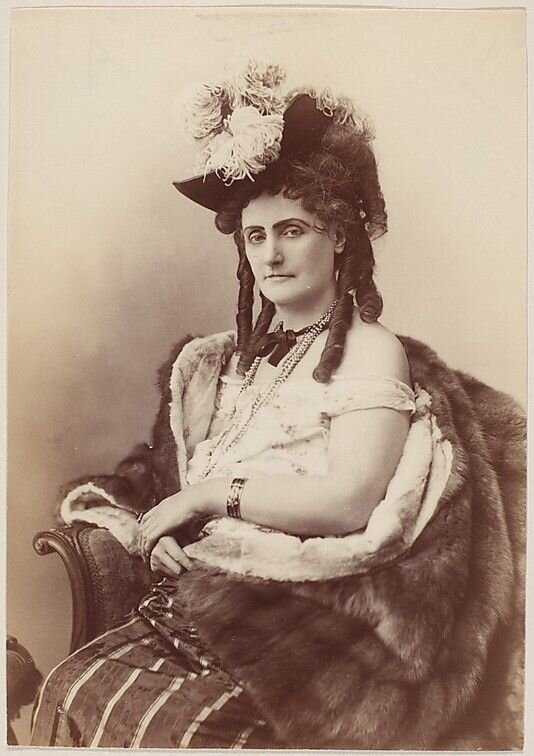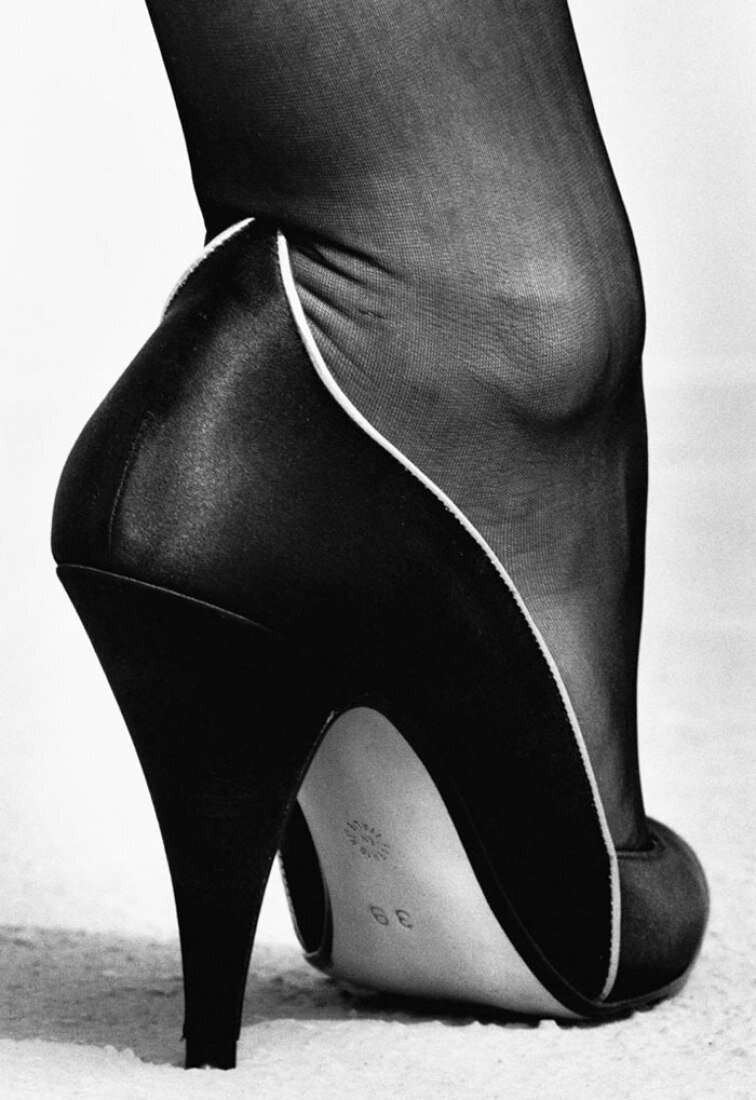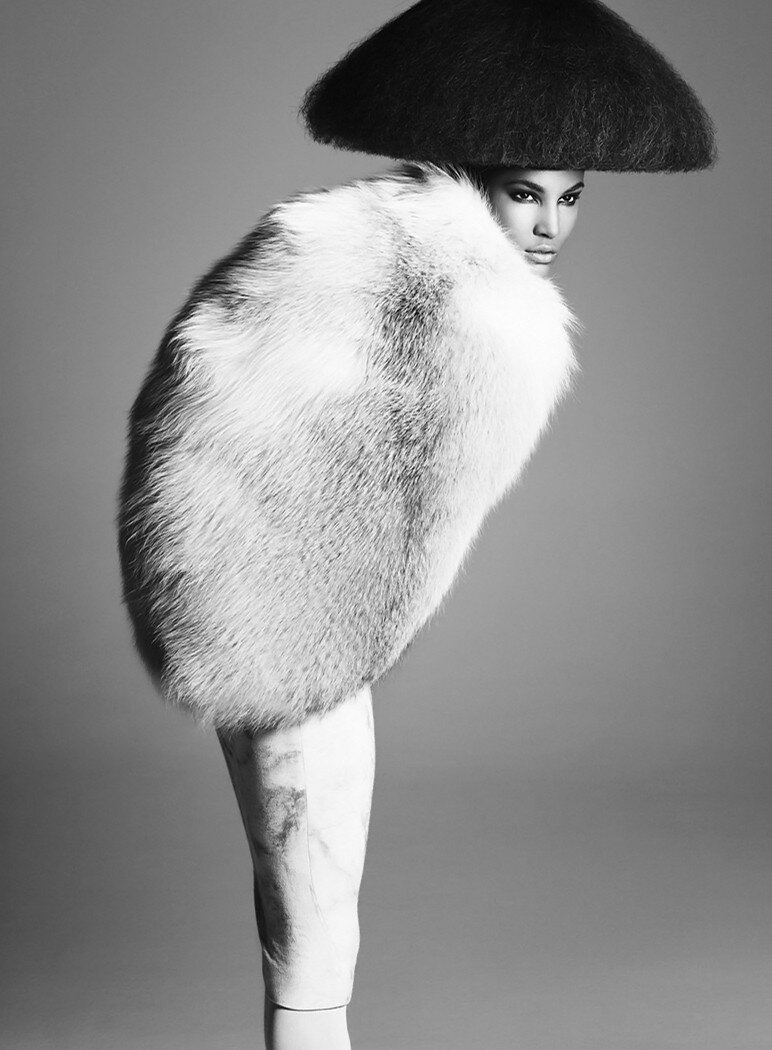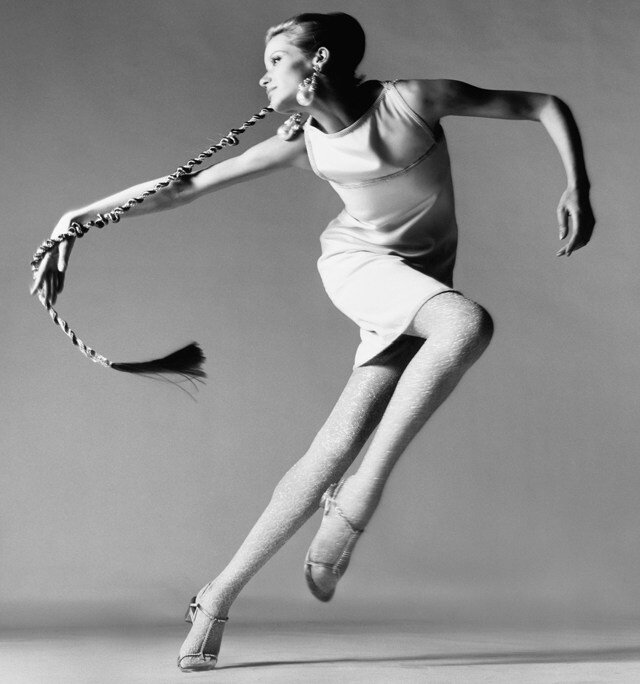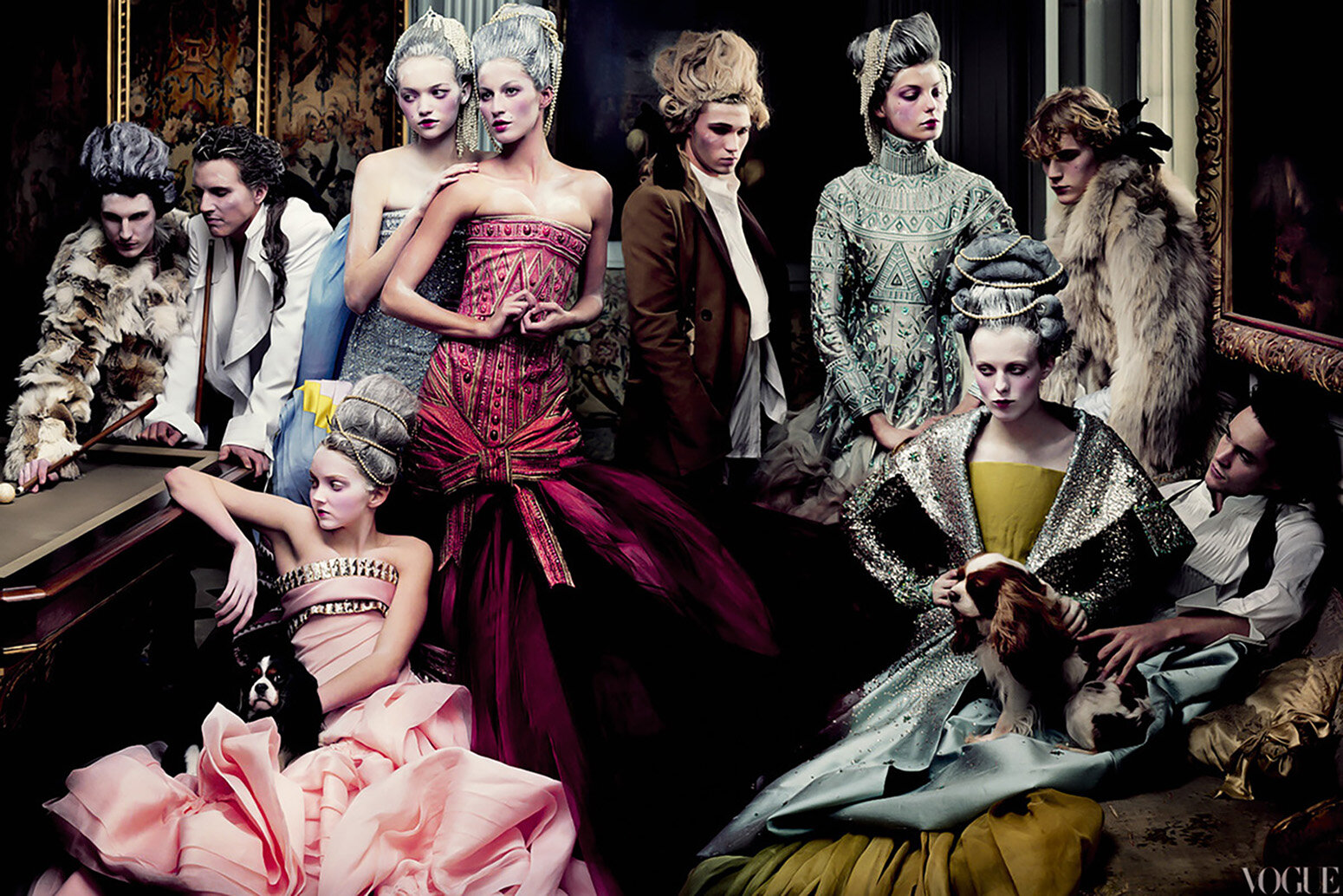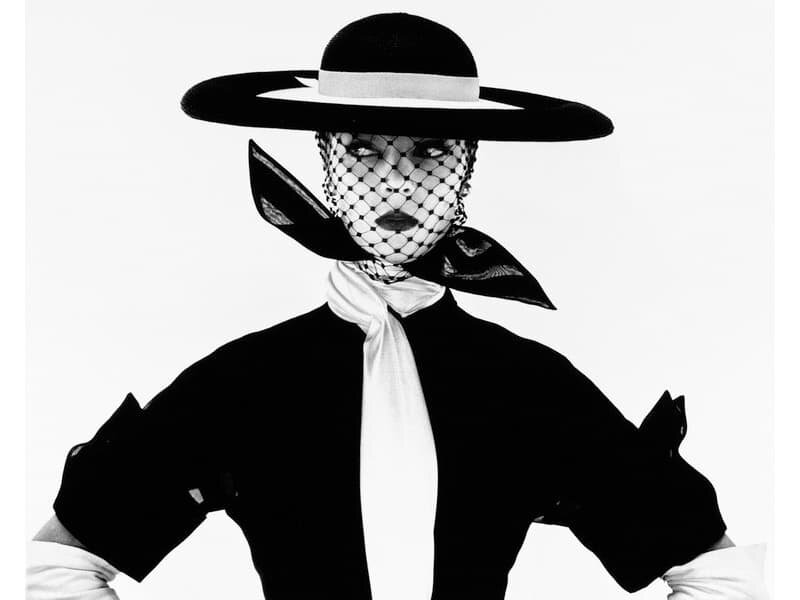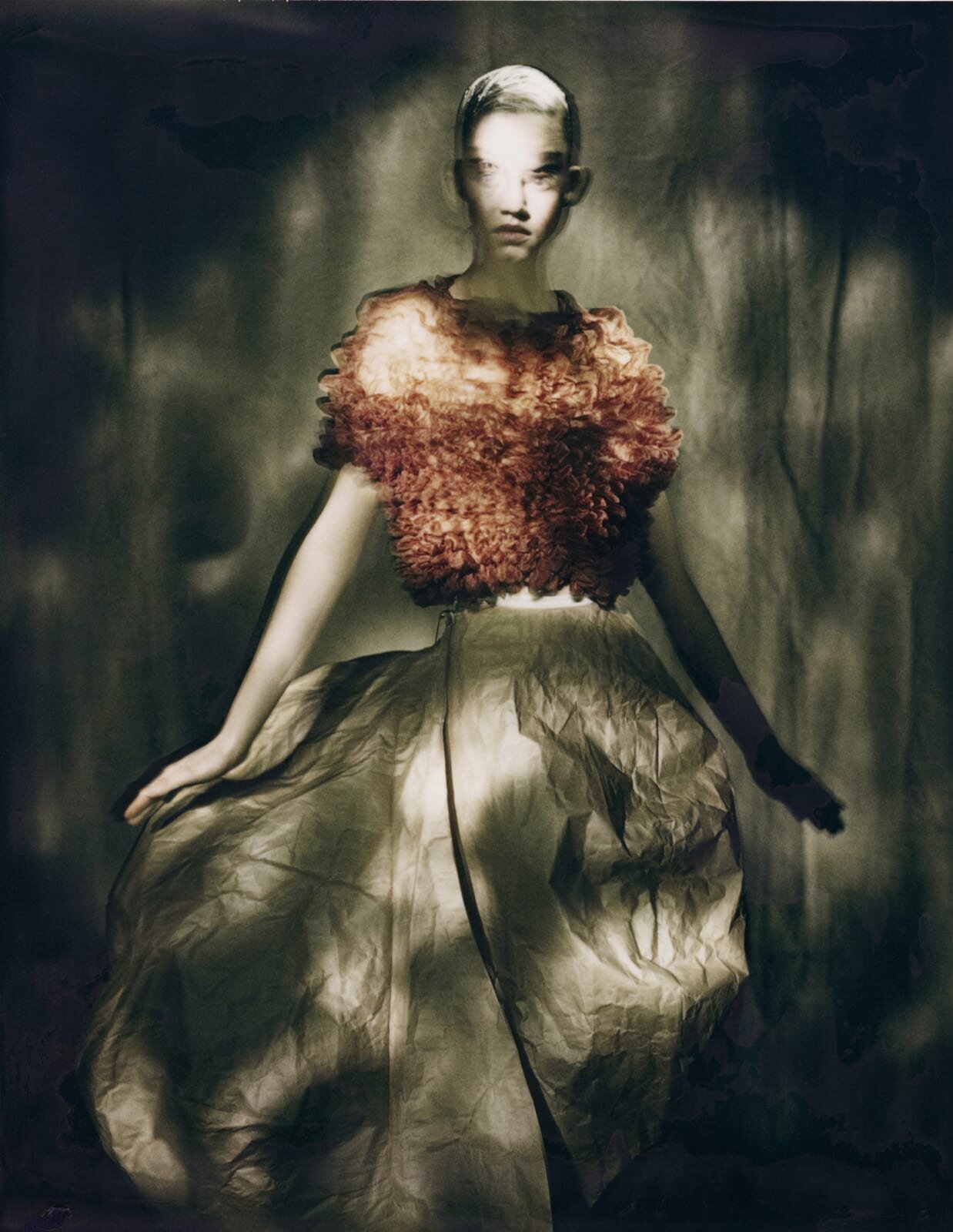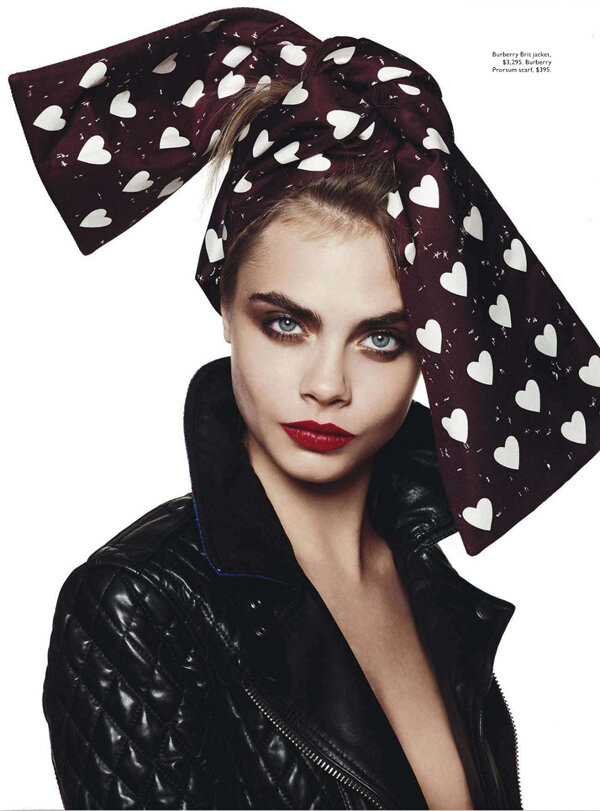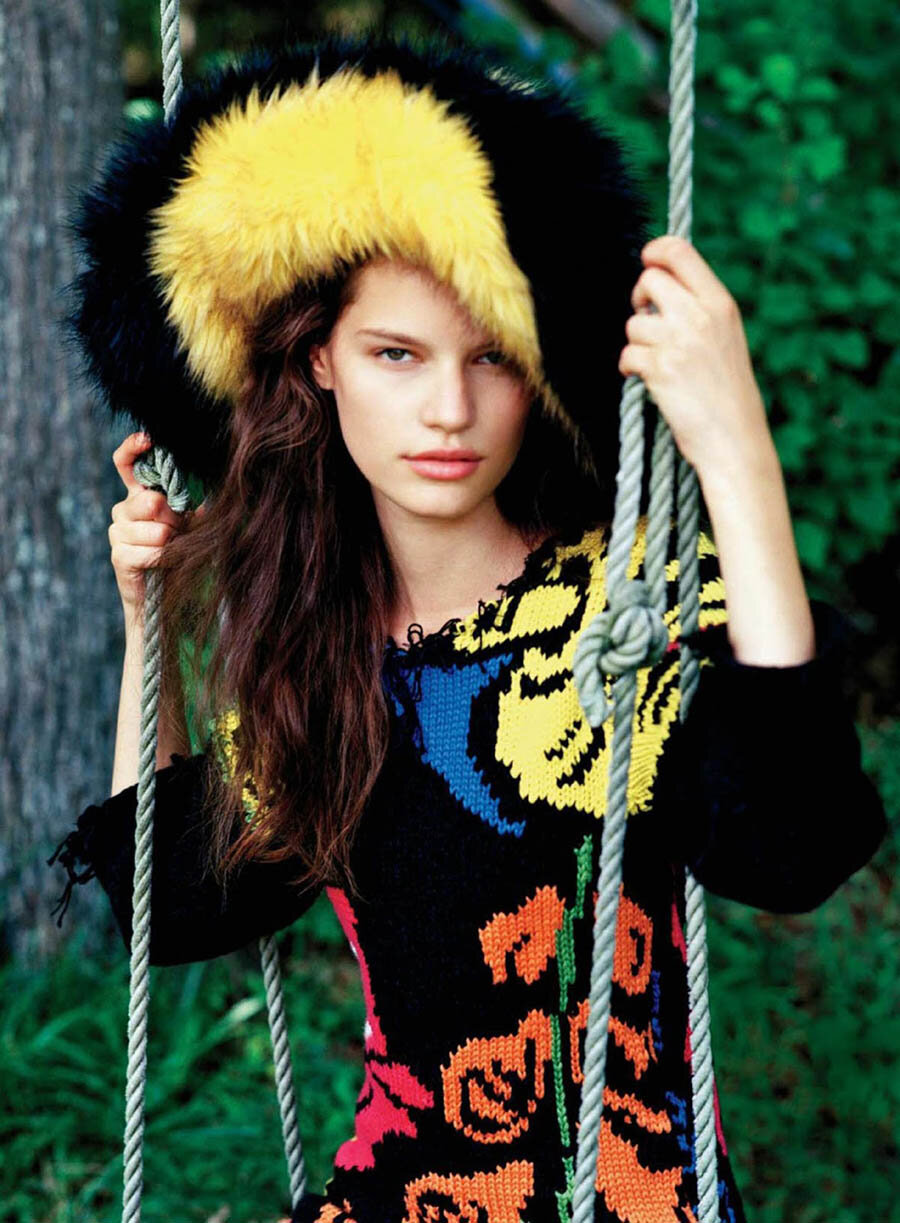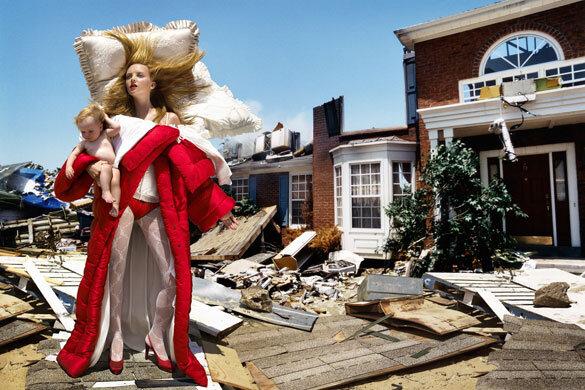How Halftone print process inducted Fashion Photography into the world.
The Countess in a photo by Pierre-Louise Pierson (c. 1863/66
Fashion photography has existed almost since the beginning of photography.
In 1856, Adolphe Braun published a book containing 288 photographs of Virginia Oldoini, an Italian noblewoman at the court of Napoleon III. The photos depict her in her official court garb, making her the first fashion model.
Fashion photography has become popular in society, especially with new fashion icons and fashion trends. Previously most newspaper pictures were woodcuts or wood engravings made from hand-carved blocks of wood. While they were often copied from photographs, they more resemble hand-drawn sketches.
William Fox Talbot is credited with the idea of halftone printing. In an 1852 patent, he suggested using "photographic screens or veils" in connection with a photographic intaglio process.
In the first decade of the 20th century, advances in halftone printing allowed fashion photographs to be used in magazines.
Fashion photography made its first appearance in French and American magazines such as La mode pratique and Harper's Bazaar. In 1909, Condé Nast took over Vogue magazine and also contributed to the beginnings of fashion photography.
First cover, Nov 2, 1867
In 1911, photographer Edward Steichen was "dared" by Lucien Vogel, the publisher of Jardin des Modes and La Gazette du Bon Ton, to promote fashion as a fine art by the use of photography.
Steichen then took photos of gowns designed by couturier Paul Poiret. These photographs were published in the April 1911 issue of the magazine Art et Décoration.
According to Jesse Alexander, This is "...now considered the first-ever modern fashion photography shoot. Is, photographing garments in such a way to convey a sense of their physical quality as well as their formal appearance, as opposed to simply illustrating the object."
Steichen's high esteem as a photographer led him to Vogue as the chief photographer and to Vanity Fair for fourteen years.
April 1911 issue of the magazine Art et Décoration
Some of the first fashion photos.
The most influent modern fashion photographers in history.
Helmut Newton.
Steven Meisel.
Richard Avedon.
Annie Leibovitz.
Irving Penn.
Paolo Roversi.
David Bailey.
Bruce Webber.
David Lachapelle.



